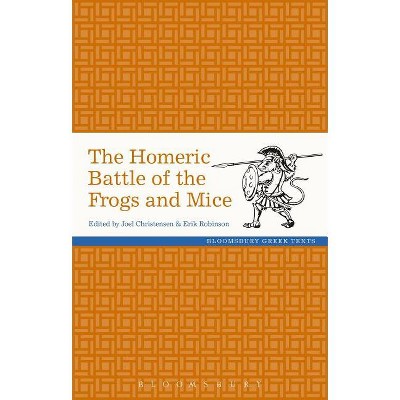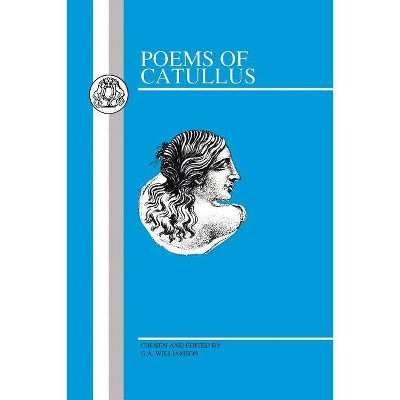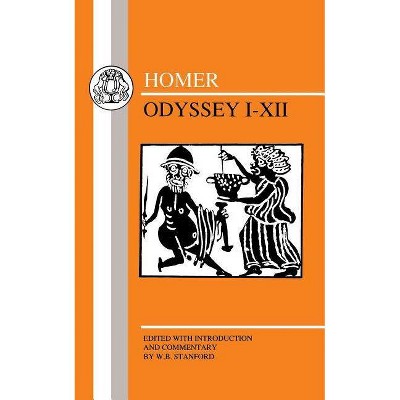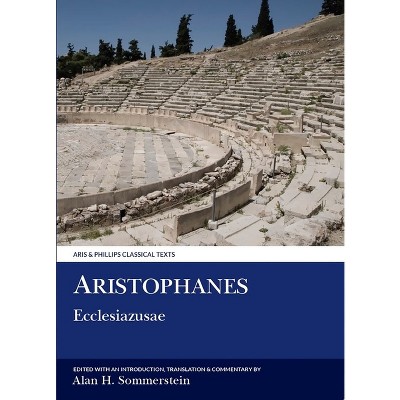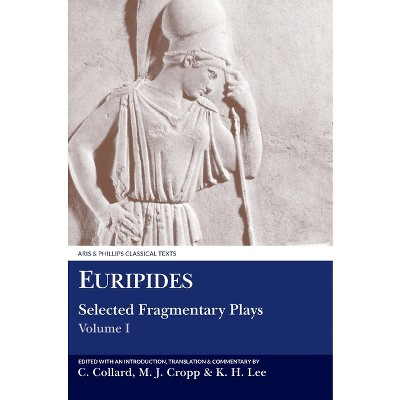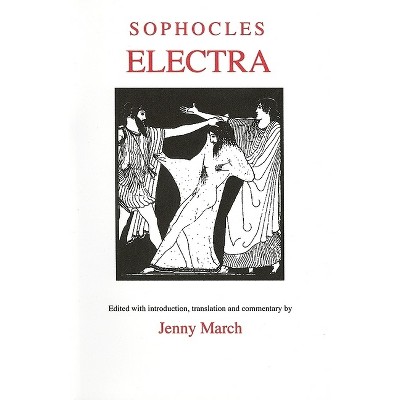$160.00 when purchased online
Target Online store #3991
About this item
Highlights
- The textual foundations of works of great cultural significance are often less stable than one would wish them to be.
- About the Author: Carlo Caruso is Professor of Italian Philology at the University of Siena, Italy.
- 272 Pages
- Literary Criticism, Ancient & Classical
Description
About the Book
"The textual foundations of works of great cultural significance are often less stable than one would wish them to be. No work of Homer, Dante or Shakespeare survives in utterly reliable witnesses, be they papyri, manuscripts or printed editions. Notions of textual authority have varied considerably across the ages under the influence of different (and differently motivated) agents, such as scribes, annotators, editors, correctors, grammarians, printers and publishers, over and above the authors themselves. The need for preserving the written legacy of peoples and nations as faithfully as possible has always been counterbalanced by a duty to ensure its accessibility to successive generations at different times and in different cultural contexts. The ten chapters collected in this volume offer critical approaches to such authors and texts as Homer, the Bible, The Thousand and One Nights, Dante, Montaigne, Shakespeare, Eliot, but also Leonardo da Vinci's manuscripts uniquely combining word and image, as well as Beethoven's 'Tempest' sonata (Op. 31, No. 2) as seen from the angle of music as text. Together the contributors argue that an awareness of what the 'life of texts' entails is essential for a critical understanding of the transmission of culture"--Book Synopsis
The textual foundations of works of great cultural significance are often less stable than one would wish them to be. No work of Homer, Dante or Shakespeare survives in utterly reliable witnesses, be they papyri, manuscripts or printed editions. Notions of textual authority have varied considerably across the ages under the influence of different (and differently motivated) agents, such as scribes, annotators, editors, correctors, grammarians, printers and publishers, over and above the authors themselves. The need for preserving the written legacy of peoples and nations as faithfully as possible has always been counterbalanced by a duty to ensure its accessibility to successive generations at different times and in different cultural contexts.The ten chapters collected in this volume offer critical approaches to such authors and texts as Homer, the Bible, The Thousand and One Nights, Dante, Montaigne, Shakespeare, Eliot, but also Leonardo da Vinci's manuscripts uniquely combining word and image, as well as Beethoven's 'Tempest' sonata (Op. 31, No. 2) as seen from the angle of music as text. Together the contributors argue that an awareness of what the 'life of texts' entails is essential for a critical understanding of the transmission of culture.
Review Quotes
"An eye-opening book, underlining the importance of thinking long and hard about the life of texts, and forcing us to reflect on their often complex histories so we don't just take the words we read for granted." --Minerva
About the Author
Carlo Caruso is Professor of Italian Philology at the University of Siena, Italy. For Bloomsbury he has published Adonis: The Myth of the Dying God in the Italian Renaissance (2013), and co-edited with Andrew Laird Italy and the Classical Tradition (2013).Dimensions (Overall): 9.3 Inches (H) x 6.3 Inches (W) x .7 Inches (D)
Weight: 1.2 Pounds
Suggested Age: 22 Years and Up
Sub-Genre: Ancient & Classical
Genre: Literary Criticism
Number of Pages: 272
Publisher: Bloomsbury Academic
Format: Hardcover
Author: Carlo Caruso
Language: English
Street Date: November 1, 2018
TCIN: 1003039026
UPC: 9781350039056
Item Number (DPCI): 247-41-8379
Origin: Made in the USA or Imported
Shipping details
Estimated ship dimensions: 0.7 inches length x 6.3 inches width x 9.3 inches height
Estimated ship weight: 1.2 pounds
We regret that this item cannot be shipped to PO Boxes.
This item cannot be shipped to the following locations: American Samoa (see also separate entry under AS), Guam (see also separate entry under GU), Northern Mariana Islands, Puerto Rico (see also separate entry under PR), United States Minor Outlying Islands, Virgin Islands, U.S., APO/FPO
Return details
This item can be returned to any Target store or Target.com.
This item must be returned within 90 days of the date it was purchased in store, shipped, delivered by a Shipt shopper, or made ready for pickup.
See the return policy for complete information.
Trending Fiction


$11.98 - $23.49
was $17.99 - $32.99 New lower price
Save $5 when you spend $25 on select books
5 out of 5 stars with 10 ratings

$11.88
MSRP $12.99
Save $5 when you spend $25 on select books
4.7 out of 5 stars with 14 ratings
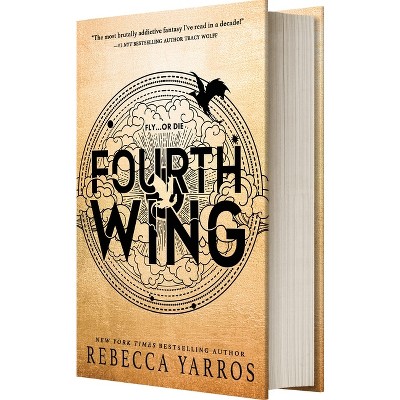
$13.88 - $15.00
Select items on sale
Save $5 when you spend $25 on select books
4.7 out of 5 stars with 619 ratings


$12.54
MSRP $22.00
Save $5 when you spend $25 on select books
4.7 out of 5 stars with 20 ratings

